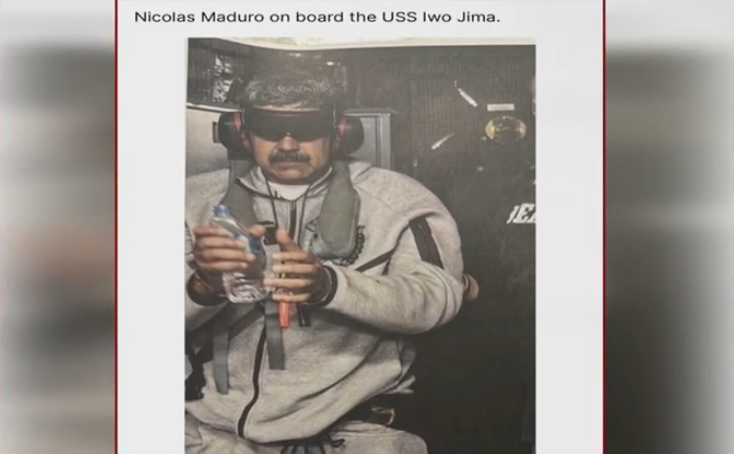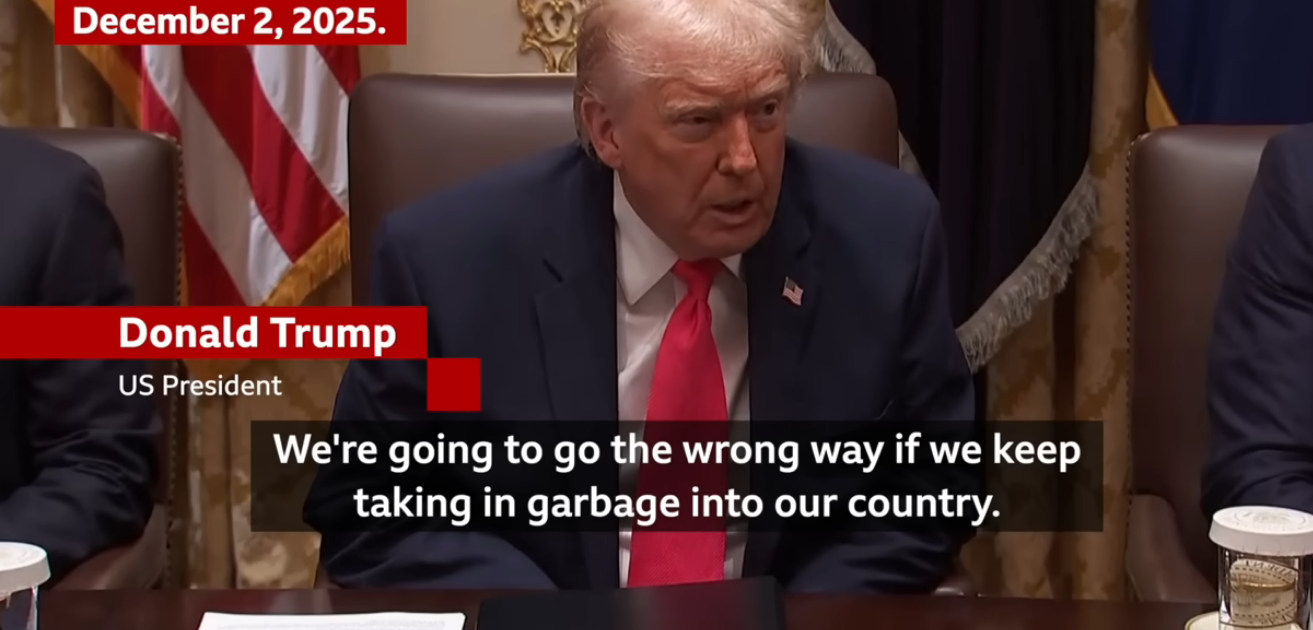[Voter Suppression]
Congressional leaders from the State of Maryland today sent a letter to Maryland Governor Larry Hogan to address problems that occurred during the 2018 Elections.
Photo: Wikimedia Commons
Congressman Elijah E. Cummings, U.S. Senators Ben Cardin and Chris Van Hollen, along with Congressmen Steny H. Hoyer, Dutch Ruppersberger, John Sarbanes, Anthony Brown, Jamie Raskin, and David Trone (all D-MD) sent a letter to Maryland Governor Larry Hogan requesting information regarding the State of Maryland’s efforts to address problems that occurred during the 2018 elections.
The letter also pressed Hogan to work with the Maryland State Board of Elections and other state and federal agencies to make meaningful improvements to voter registration, voter access, and election security to ensure that all eligible Marylanders can vote in the 2020 elections.
The letter reads, in part:
“We write to request information regarding the State of Maryland’s efforts to address problems that occurred during the 2018 elections and to make meaningful improvements to voter registration, voter access, and election security to ensure that Marylanders can exercise their constitutional right to vote in the 2020 elections.
“Maryland voters faced significant, preventable barriers to voting on Election Day 2018. In various counties throughout Maryland, particularly in Prince George’s and Montgomery Counties, precincts did not have enough printed ballots for voters, outdated and broken voting equipment resulted in delays, and many voters waited in line for longer than two hours to vote. In fact, some voters were still waiting in line when the media announced election results. Moreover, during the 2018 primaries, state agencies failed to update voter registrations for more than 70,000 eligible voters who had recently moved, forcing those voters to use provisional ballots.
“Both before and after the 2018 elections, concerns have also been raised about whether voters with disabilities are able to vote privately using the state’s electronic ballot-marking devices. In particular, the ballot-marking devices used by voters with disabilities, but not by most other voters, print paper ballots that are distinguishable from the state’s standard paper ballots. In addition, poll workers have reportedly had difficulty operating the ballot-marking devices, and the multiple screens used to navigate between candidates on the ballot may create an additional barrier for people with disabilities.
“Serious concerns regarding the security of Maryland’s elections were also raised in 2018, and a post-election report by the U.S. Department of Homeland Security, working with state officials, recommended “cybersecurity improvements.”
“In Maryland, approximately 54% of eligible voters—more than 2.3 million people—voted in the 2018 elections. Historically, voter turnout is even higher during a presidential year. With nearly 4 million active registered voters in Maryland, it is essential that the voting problems that occurred last year are not repeated in 2020, and that any security vulnerabilities are addressed before next year’s elections.
“Given the difficulties the State of Maryland faced during last year’s elections and the importance of the upcoming elections in 2020, we urge you to work with the Maryland State Board of Elections and other state and federal agencies to resolve any outstanding issues. We also request a written response in a timely manner.”






